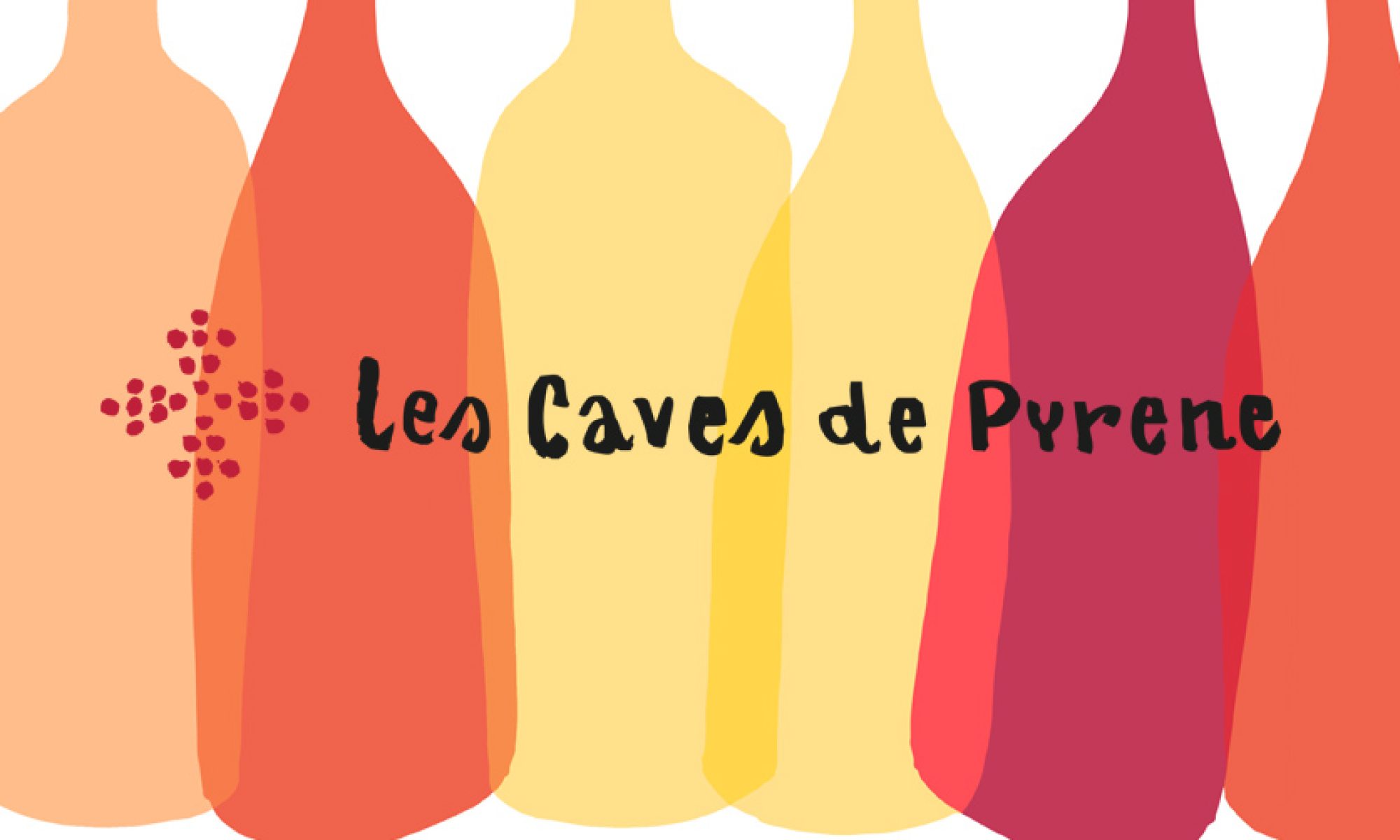Like to the apples of the Dead Sea’s shore;
All ashes to the taste.
As a wine buyer, you very occasionally cop a bouquet for a newly acquired wine that is showing fine and dandy, but many more brickbats will be launched in your direction when a wine tasted with customers is found to be unpleasant – and even faulty. First world problems, eh?
As I write my tongue has been doubly scalped, first by a red whose fruit has suddenly become harsh and metallic, and then by a seductively-smelling white wine, initially texturally alluring in the mouth, but once spat out, commenced transmitting all-too-vivid reminders of dropped cinema popcorn – or, as we in the trade call it, mousiness. The combo of the two sensations was pure caustic overload – I am trying to mitigate it with water, juice, bread, ointment, prayers – anything – but I feel that a thousand taste buds have perished during my reckless quality-control exercise.
When you taste a lot of wine in such circumstances you are bound to recoil at unpleasantness or disagreeability in different ways, and according to the way you feel about the wine and the way it performs at a given moment. Sometimes, I recoil quickly, because it saves time. Said wine may be too tannic or too acidic or too alcoholic or too oaky for my particular palate. Although I prefer not to drink wines marked by a certain style, I cannot be overly critical, for others may enjoy the very qualities of the wine of the wine that I am usually deterred by.
I am trying to mitigate it with water, juice, bread, ointment, prayers-anything-but I feel that a thousand taste buds have perished during my reckless quality-control exercise.
What I am experiencing now is fundamentally more disconcerting. Wine faults so blatantly unpleasant that my whole mouth is offended by the fact that I deemed it necessary in the first place to allow these liquids passage over my tongue. The acrid burn of excessive sulphur has the same effect; I can detect its burnt-match presence long after the wine has vacated my mouth. These undeniable faults are absolute rather than relative. And perhaps I am extra annoyed about the wines tasted today, as in both cases behind the faults lurks the whisper of a promise of a lovely wine.
The thing about mousiness is that it gives no aromatic indication that it will manifest. It is the “tail” of the unexpected. That moment of hope with the wine swirling happily around the mouth, the beginnings of a relieved smile, the satisfied spit, all extinguished by the slow envelopment by flavours of mouse. As it mixes with the saliva, the concentration increases, until the tongue is literally shrivelling under the influence.
Other wine faults make us doubt what we are tasting. That bitter metallic note on the red today puzzles me. Because I am uncertain what the name (and nature) of the fault is, I need to retaste to confirm the unpleasantness of the wine. The naming of a fault would feel like a scientific underpinning for what I taste and enable me to articulate an organised response. Instead I have an undifferentiated feeling of dissatisfaction, and I am more annoyed by myself than the wine.

Quality control assessment is generally a solitary task. It feels like penance. Ashes without sackcloth, and the ashes being in my mouth. As a buyer, when a wine is demonstrably faulty, you must accept your portion of the blame, as it entered the stock of your company under your auspices, which seems to betoken a lack of vigilance, whether or not that is fair and true. And yes, all sorts of things can happen to a wine from bottle shock to mousiness (and other faults) developing in the bottle. Wine is not predictable and is often mutable, but we have to take the commercial decision whether it is fit to be sold, and whether the fault is temporary or permanent.
The quality control task could surely be performed by AI, so that I – in all my craven humanity – ha – should not have to experience wine at its most perverse. I don’t normally approach wine as the sum total of its chemical and microbiological faults, rather as a beverage that I wish to consume and enjoy the experience. In spite of retuning my tasting persona to manifest a purely analytical mindset, I still harbour expectations, in this case, the possibility that this example will be perfectly worthy of consumption. The moment those hopes are overturned, I am flooded by feelings of disappointment. Disappointment on behalf of the grower, the sales reps, the customers, and myself as a buyer – not to mention the physical reflexive puckering!. This amplifies the feel-bad factor of the experience.
At its core, disappointment is a cognitive event where an individual perceives a gap between expectations and reality. Expectation, in this context, is a hopeful belief about what will soon happen (in this case, tasting a wine, and for it to pass the examination). When these expectations are not met, cognitive dissonance occurs, triggering a range of emotions, including disappointment. From a neurological angle, disappointment activates the brain’s reward system, specifically the dopamine pathways. When expectations are unmet, the dopamine levels drop, leading to feelings of letdown.
When expectations are not met, cognitive dissonance occurs, triggering a range of emotions
Experience should teach me to lower my expectations, but I also believe that if you are in a positive frame of mind when approaching a wine, you get more out of it. Deconstructive tasters are probably less perturbed when a wine is faulty; they may feel that it is their professional role to root out the bad apples.
Disappointment is more than a bad taste in the mouth. The quality control taste is a physical snapshot of the drinkability (or otherwise) of the wine. The disappointment is further extended by having to communicate with various people about the nature of the fault and to assess what needs to be done. No-one enjoys breaking bad news. There are financial and reputational implications when a wine is deemed faulty (especially if all the wines in that batch or bottling suffer from the same flaw). The producer needs to share the disappointment, otherwise there is a sense of transactional grievance, and good communication is essential, so that the problem is identified, accepted, an equitable solution found, and everyone can move on.


